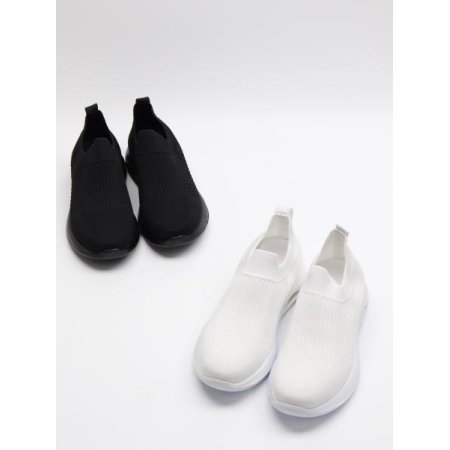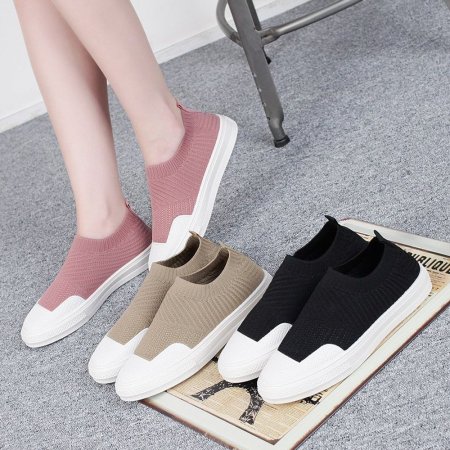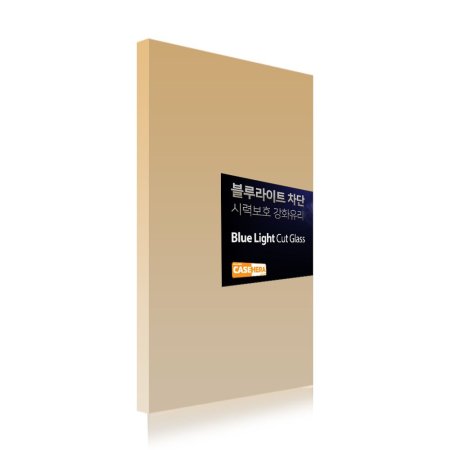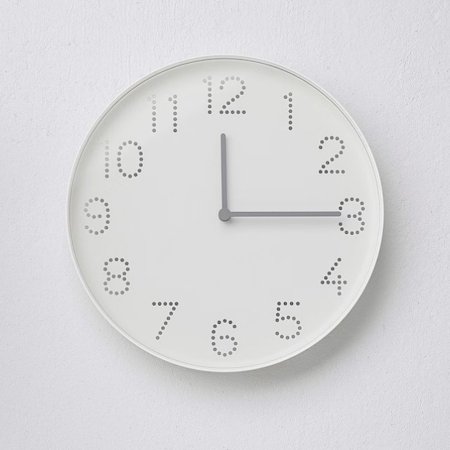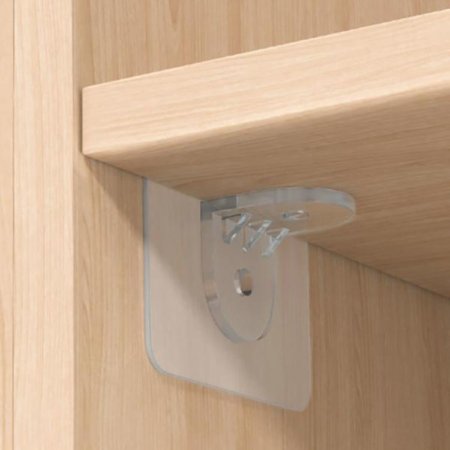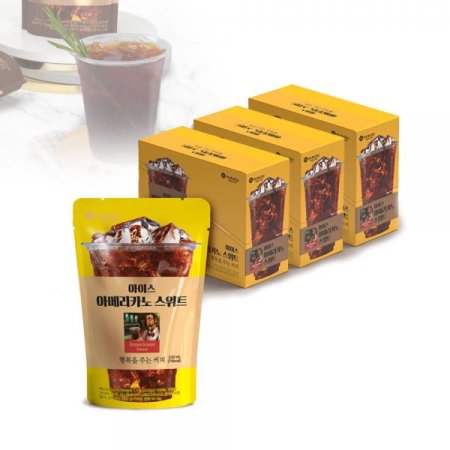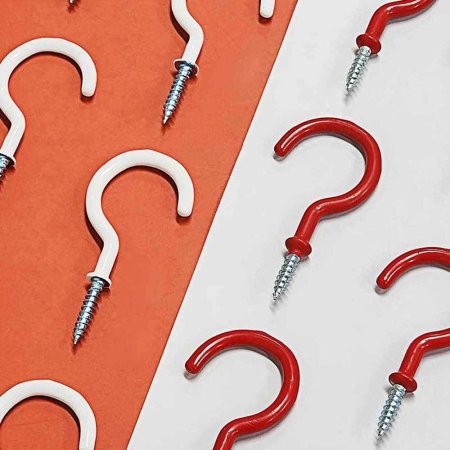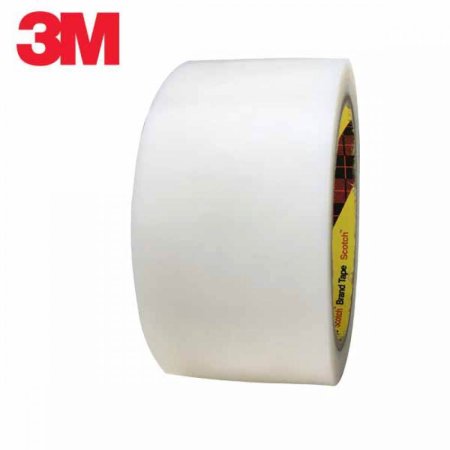[문화재청](국영문 동시 배포) 도굴된 적 없는 비화가야 지배자 무덤, 처음으로 공개
정책
0
374
0
2019.11.28 09:18

? 문화재청 국립가야문화재연구소(소장 박종익)는 ‘창녕 교동과 송현동 고분군(사적 제514호) Ⅱ군 39호분과 주변 고분(경남 창녕군 창녕읍 교리 산5 일원)’의 2019년도 발굴조사 성과와 도굴 흔적이 전혀 없이 온전히 발견된 63호분 매장주체부의 뚜껑돌을 들어 올리는 개방 모습을 오는 28일 오전 발굴조사 현장에서 처음으로 공개한다.
? * 매장주체부(埋葬主體部): 시신을 안치하는 공간
? 국립가야문화재연구소에서는 2014년부터 비화가야 최고 지배층의 묘역인 창녕 교동과 송현동고분군(사적 제514호) 내 미정비지역(목마산성의 남서편 구릉부분)에 대한 학술 발굴조사를 추진하고 있다. 2014~2015년의 조사에서는 5세기 중반경의 봉토분(封土墳) 9기, 돌덧널무덤(석곽묘) 15기 등 총 24기의 고분을 조사하였는데, 벽에 나무기둥을 세워 축조하는 방식, 봉토가 서로 가까이 축조되는 연접방식 등을 확인한 바 있다.
?
? 2016년부터는 5세기 중반부터 후반에 걸쳐 조성된 것으로 보이는 고분군의 동쪽 제일 상단부분에 대한 조사를 하고 있다. 대형 봉토분인 39호분(지름 27.5m)을 중심으로, 63호분(봉토 지름 21m)과 소형분(봉토 지름 약 8m)인 38호분, 62호분의 봉토분 4기를 확인했다.
? 이 중 63호분은 과거에 한번도 도굴되지 않은 완전한 상태로 확인되었다. 창녕 교동과 송현동 고분군에는 약 250여기의 고분이 분포하는데 이렇게 도굴된 흔적 없이 깨끗한 상태로 발견된 것은 63호분이 최초다. 63호분 바로 위에 위치해 있으면서 나중에 축조된 39호분 봉토에 가려져 있어서 도굴 피해를 입지 않은 것으로 보고 있다. 무덤 위에는 길이 2m의 편평한 뚜껑돌 7매가 얹혀져있고, 점질토로 밀봉된 상태였으며, 매장주체부의 내부에는 시신과 부장품을 매장했을 것으로 추정되는 공간이 당시 모습대로 남아 있었다.
? 카메라를 투입해 내부를 살펴본 결과, 현재 다수의 토기들이 보이는 상태로 추가적인 유물도 기대되는 상황이며, 28일 오전 뚜껑돌을 들어 올리는 장비를 동원해 처음으로 내부를 살펴볼 예정이다. 봉토의 표면 등에는 점토덩어리를 바른 흔적이 온전히 남아 있고, 호석이 노출된 모습을 잘 보여주고 있어 비화가야인의 장송의례와 고분 축조기술을 고스란히 간직하고 있다.
? * 호석(護石): 무덤의 외부를 보호하기 위하여 돌을 이용하여 만든 시설물
한편, 교동과 송현동고분군에서 세 번째로 큰 고분인 39호분은 고분군의 가장 높은 곳에 자리하고 있다. 빗물 등으로 인한 붕괴를 방지하기 위해 중심부는 점토로, 가장자리는 흙으로 쌓았고, 봉분을 쌓는 단계마다 점토를 깔았다. 이런 기법은 울산 약사리유적 등 고대 제방유적에서도 잘 나타난다. 남동쪽 호석 가까이로 약 2m 간격마다 큰 항아리를 놓았는데, 이처럼 한쪽에만 집중적으로 의례용 토기를 놓는 사례는 최근 경주 쪽샘 44호분에서도 확인되어 주목받고 있다.
또한, 39호분은 약 1.5m 길이의 큰 돌을 세우거나(양 장벽과 남단벽), 눕혀서(북단벽) 매장주체부의 네 벽을 만들었는데, 이와 유사한 구조가 성주 성산동고분군 등 대구·경북지역과 일본 나가노의 키타혼죠(北本城) 고분 등 나가노, 후쿠오카 지역에서 확인되고 있어 당시 비화가야와 주변국과의 관계를 보여 주는 중요한 자료로 활용될 것으로 보인다.
? 인근에 있는 소형분인 62호분에는 400여 점의 유물이 이미 출토되었는데, 양쪽에 잔이 달린 토기와 6개의 잔이 달린 등잔형토기, 주전자형 토기와 같이 특이한 모양의 토기가 발견되었다. 이러한 상형토기는 주로 가야와 신라지역에서 출토되고 있지만, 창녕에서는 처음 출토된 형태다. 큰 토기 안에 작은 토기를 넣고, 같은 종류의 토기를 위아래로 포개거나 열을 지어 놓는 등 다양한 매납 방식도 확인되었다.
?
?
? 이번 조사에서 확인된 비화가야 지배자 무덤의 축조기법과 장송의례, 출토유물 등은 가야와 신라의 접경지역에 위치하면서 복잡하고 다양한 문화가 나타나는 비화가야의 성격을 이해하는 중요한 단서를 제공할 것으로 기대된다.?
?
? 문화재청은 국정과제인 <가야문화권 조사·연구 및 정비사업>을 추진하면서 가야문화의 실체 규명을 위하여 기초연구, 발굴조사, 유적 정비, 문화재 지정과 세계유산 등재 등 기반 조성 사업을 단계적으로 추진해 왔다. 앞으로도 지금까지의 조사 결과를 기반으로 가시적인 성과를 낼 수 있도록 할 것이다.
? 28일 오후 3시에는 일반인을 대상으로 발굴현장을 공개하므로 관심 있는 국민 누구나 참여하여 관람할 수 있다.
Unveiling of a fully preserved tomb of the ruling class of Bihwa Gaya
- Excavation survey of group of tombs in Gyeo-dong/Songhyeon-dong, Changnyeong
Unveiling of the site at 10:30 AM on Nov. 28
The Gaya National Research Institute of Cultural Heritage
(Director PARK Jongik) of the Cultural Heritage Administration (CHA) will
announce the results of this year’s excavation
survey of Tomb No. 39 of Group II of the ancient tombs in Gyodong/Songhyeon-dong,
Changnyeong (Historic Site No. 514) and the nearby ancient tombs at San 5
Gyo-ri, Changnyeong-eup, Gyeongnam. The institute will also present the lifting
of the capstone of the burial chamber of Tomb No. 63, which was never looted by
tomb raiders, on the site on November 28.
*The capstone of the burial chamber : The burial chamber
?
In 2014, the Gaya National Research Institute began an academic excavation survey of an unexcavated sloping area - situated to the southwest of Mongma Mountain Fortress - which contains a group of ancient tombs in Gyodong/Songhyeon-dong, Changnyeong (Historic Site No. 514), now known to be a graveyard of the ruling class of the kingdom of Bihwa Gaya. The survey conducted in 2014 and 2015 covered nine earthen mound tombs and fifteen stone-chamber tombs dating from the mid-fifth century. The techniques used to build the tombs, such as the erection of wooden poles on the wall and the construction of one earthen mound right next to another, were ascertained during the survey.
?
Since 2016, a survey has been conducted of the highest, eastern part of a group of ancient tombs, which appear to have been built in the mid to late fifth century. Those examined include Tomb No. 39 (an earthen mound with a diameter 27.5 m), Tomb No. 63 (an earthen mound with a diameter 21 m), and Tombs Nos. 38 and 62 (earthen mounds with a diameter of about 8 m).
?
Among the group of tombs, No. 63 has been confirmed as the first tomb never to have been looted. Although there are more than 250 ancient tombs in the group located in Gyodong/Songhyeon-dong in Changnyeong, Tomb No.63 is the first one ever to be found intact, showing no traces of desecration or looting by tomb raiders. It is thought to have avoided such a fate as it lies unexposed, being covered by the tomb situated immediately above it, i.e. Tomb No. 39, which was built a little later than No. 63. The burial chamber was sealed with clay, with seven-meter-long flat stones serving as its capstones. The interior of the burial chamber vividly displays how the deceased and their burial accessories were buried.
?
As a result of using a survey camera to view the inside of the tomb, it is expected that many additional items of pottery will be excavated. The inside will be checked for the first time by raising the capstones with lifting equipment on the morning of November 28. The surface of the earthen mound retains traces of clay lumps in good condition, along with exposed decorative stone strips surrounding the tomb. These relics are precious materials that show how a burial was carried out and how tombs were built during the Bihwa Gaya Period.
*Protective stone: protective stone strip surrounding a tomb.
?
Tomb No. 39, which is the third largest of the tombs in Gyodong/Songhyeon-dong, Changnyeong, is located at the top of the group. Its center part was built with clay, presumably to prevent collapse due to rain water or such like, and edges with soil. Clay was laid on each layer of the burial mound. Such a technique can also be seen in ancient embankments like the Historic Site in Yaksari, Ulsan. Large jars were placed at intervals of about two meters in a section close to the protective stone strip to the southwest. An example of placing ceremonial earthenware on one side of a tomb in this way can be seen at Tomb No. 44 in Jjoksaem, Gyeongju, which has become the focus of considerable interest.
?
The four walls of the burial chamber were built with 1.5 m-long stones erected (for the eastern, western, and southern walls) or laid horizontally (for the northern wall). Similar structures have been found in the Daegu and Gyeongbuk regions in Korea, including a group of ancient tombs in Seongsan-dong, Seongju; as well as those at Kitahonjo Castle, Nagano, Kyushu, Japan. They are important materials that point to the existence of a close relationship between Bihwa Gaya and neighboring countries like Japan.
?
From the nearby Tomb No. 62, a relatively small burial, more than 400 earthenware objects were unearthed, including uniquely shaped objects like an object with a glass hung on both sides, a lamp-shaped relic with six glasses hanging from its sides, and a kettle-shaped object. Other items similar to these everyday objects have been unearthed from areas which used to form part of the territory of Gaya or Silla, and for the first time in Changnyeong. The survey also ascertained diverse methods of burying grave goods, such as putting smaller objects inside a large pottery, or stacking similar types of pottery or arranging them in a line.
?
It is expected that the techniques used to build the tombs of the ruling class of Bihwa Gaya, their burial rituals, and the unearthed relics identified in the survey will provide important clues for understanding the characteristics of Bihwa Gaya, which appears to have been a diverse and complex culture that shared a border with Gaya and Silla.
?
We at the CHA have carried out diverse foundation construction works, including basic studies, excavation surveys, the maintenance of historic sites, the designation of new cultural heritage assets, and the listing of certain heritages on UNESCO’s World Heritage List, in order to shed light on the substance of the Gaya culture, while promoting the National Project to Survey, Research and Preserve the Gaya Cultural Sphere. We expect to produce tangible results based on the results of the surveys carried out so far.
The site will be unveiled to the public at 3:00 PM on November 28. It will be a precious opportunity for anyone who is interested in Korea’s ancient culture.
<조사지역 전경>*The capstone of the burial chamber : The burial chamber
?
In 2014, the Gaya National Research Institute began an academic excavation survey of an unexcavated sloping area - situated to the southwest of Mongma Mountain Fortress - which contains a group of ancient tombs in Gyodong/Songhyeon-dong, Changnyeong (Historic Site No. 514), now known to be a graveyard of the ruling class of the kingdom of Bihwa Gaya. The survey conducted in 2014 and 2015 covered nine earthen mound tombs and fifteen stone-chamber tombs dating from the mid-fifth century. The techniques used to build the tombs, such as the erection of wooden poles on the wall and the construction of one earthen mound right next to another, were ascertained during the survey.
?
Since 2016, a survey has been conducted of the highest, eastern part of a group of ancient tombs, which appear to have been built in the mid to late fifth century. Those examined include Tomb No. 39 (an earthen mound with a diameter 27.5 m), Tomb No. 63 (an earthen mound with a diameter 21 m), and Tombs Nos. 38 and 62 (earthen mounds with a diameter of about 8 m).
?
Among the group of tombs, No. 63 has been confirmed as the first tomb never to have been looted. Although there are more than 250 ancient tombs in the group located in Gyodong/Songhyeon-dong in Changnyeong, Tomb No.63 is the first one ever to be found intact, showing no traces of desecration or looting by tomb raiders. It is thought to have avoided such a fate as it lies unexposed, being covered by the tomb situated immediately above it, i.e. Tomb No. 39, which was built a little later than No. 63. The burial chamber was sealed with clay, with seven-meter-long flat stones serving as its capstones. The interior of the burial chamber vividly displays how the deceased and their burial accessories were buried.
?
As a result of using a survey camera to view the inside of the tomb, it is expected that many additional items of pottery will be excavated. The inside will be checked for the first time by raising the capstones with lifting equipment on the morning of November 28. The surface of the earthen mound retains traces of clay lumps in good condition, along with exposed decorative stone strips surrounding the tomb. These relics are precious materials that show how a burial was carried out and how tombs were built during the Bihwa Gaya Period.
*Protective stone: protective stone strip surrounding a tomb.
?
Tomb No. 39, which is the third largest of the tombs in Gyodong/Songhyeon-dong, Changnyeong, is located at the top of the group. Its center part was built with clay, presumably to prevent collapse due to rain water or such like, and edges with soil. Clay was laid on each layer of the burial mound. Such a technique can also be seen in ancient embankments like the Historic Site in Yaksari, Ulsan. Large jars were placed at intervals of about two meters in a section close to the protective stone strip to the southwest. An example of placing ceremonial earthenware on one side of a tomb in this way can be seen at Tomb No. 44 in Jjoksaem, Gyeongju, which has become the focus of considerable interest.
?
The four walls of the burial chamber were built with 1.5 m-long stones erected (for the eastern, western, and southern walls) or laid horizontally (for the northern wall). Similar structures have been found in the Daegu and Gyeongbuk regions in Korea, including a group of ancient tombs in Seongsan-dong, Seongju; as well as those at Kitahonjo Castle, Nagano, Kyushu, Japan. They are important materials that point to the existence of a close relationship between Bihwa Gaya and neighboring countries like Japan.
?
From the nearby Tomb No. 62, a relatively small burial, more than 400 earthenware objects were unearthed, including uniquely shaped objects like an object with a glass hung on both sides, a lamp-shaped relic with six glasses hanging from its sides, and a kettle-shaped object. Other items similar to these everyday objects have been unearthed from areas which used to form part of the territory of Gaya or Silla, and for the first time in Changnyeong. The survey also ascertained diverse methods of burying grave goods, such as putting smaller objects inside a large pottery, or stacking similar types of pottery or arranging them in a line.
?
It is expected that the techniques used to build the tombs of the ruling class of Bihwa Gaya, their burial rituals, and the unearthed relics identified in the survey will provide important clues for understanding the characteristics of Bihwa Gaya, which appears to have been a diverse and complex culture that shared a border with Gaya and Silla.
?
We at the CHA have carried out diverse foundation construction works, including basic studies, excavation surveys, the maintenance of historic sites, the designation of new cultural heritage assets, and the listing of certain heritages on UNESCO’s World Heritage List, in order to shed light on the substance of the Gaya culture, while promoting the National Project to Survey, Research and Preserve the Gaya Cultural Sphere. We expect to produce tangible results based on the results of the surveys carried out so far.
The site will be unveiled to the public at 3:00 PM on November 28. It will be a precious opportunity for anyone who is interested in Korea’s ancient culture.
[자료제공 :

















